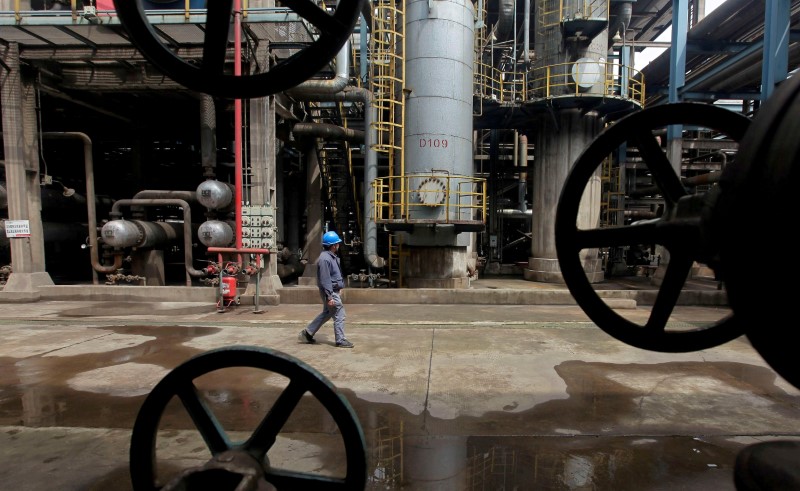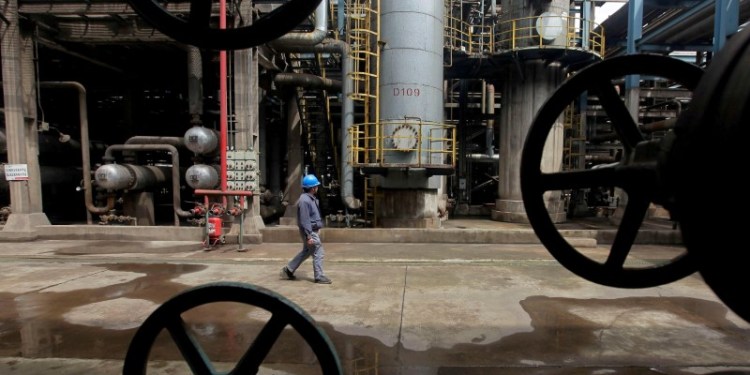
© Reuters.
LCO
-0.03%
Add to/Remove from Watchlist
Add to Watchlist
Add Position
Position added successfully to:
Please name your holdings portfolio
Type:
BUY
SELL
Date:
Amount:
Price
Point Value:
Leverage:
1:1
1:10
1:25
1:50
1:100
1:200
1:400
1:500
1:1000
Commission:
Create New Watchlist
Create
Create a new holdings portfolio
Add
Create
+ Add another position
Close
CL
+0.20%
Add to/Remove from Watchlist
Add to Watchlist
Add Position
Position added successfully to:
Please name your holdings portfolio
Type:
BUY
SELL
Date:
Amount:
Price
Point Value:
Leverage:
1:1
1:10
1:25
1:50
1:100
1:200
1:400
1:500
1:1000
Commission:
Create New Watchlist
Create
Create a new holdings portfolio
Add
Create
+ Add another position
Close
CVX
-0.01%
Add to/Remove from Watchlist
Add to Watchlist
Add Position
Position added successfully to:
Please name your holdings portfolio
Type:
BUY
SELL
Date:
Amount:
Price
Point Value:
Leverage:
1:1
1:10
1:25
1:50
1:100
1:200
1:400
1:500
1:1000
Commission:
Create New Watchlist
Create
Create a new holdings portfolio
Add
Create
+ Add another position
Close
Oil prices surged on Tuesday, marking a continuation of the upward trend observed over the past three weeks. The rise is largely attributed to a tightened supply while demand remains steady. Brent crude, an international standard, rose by 0.9% to reach $95.26 per barrel, and West Texas Intermediate, the benchmark for the U.S., experienced a 1.5% increase, settling at $92.86 per barrel. This represents an approximate 25% increase in oil prices over the last quarter.
The current figures represent the highest levels in nearly a year. This surge follows announcements from Russia and Saudi Arabia earlier this month that they would voluntarily reduce their oil output throughout the fourth quarter of 2023. Mike Wirth, the CEO of Chevron (NYSE:CVX), suggested that these prices could potentially reach the $100 mark.
However, this rising trend in oil prices could pose challenges for the Federal Reserve. The institution has been proactively increasing interest rates in an effort to curb inflation but is anticipated to hold off on further hikes during its meeting this week.
Despite the current upward trend, potential economic slowdowns in Europe and China could exert downward pressure on oil prices in the coming months. Slower economic growth typically translates into reduced energy demand. However, at present, concerns about supply shortage are overshadowing these potential demand issues.
This article was generated with the support of AI and reviewed by an editor. For more information see our T&C.
Source: Investing.com



























